Tag: california
-
Chavez-Lopez and Tordillos running in June 24 special runoff election for San Jose City Council District 3
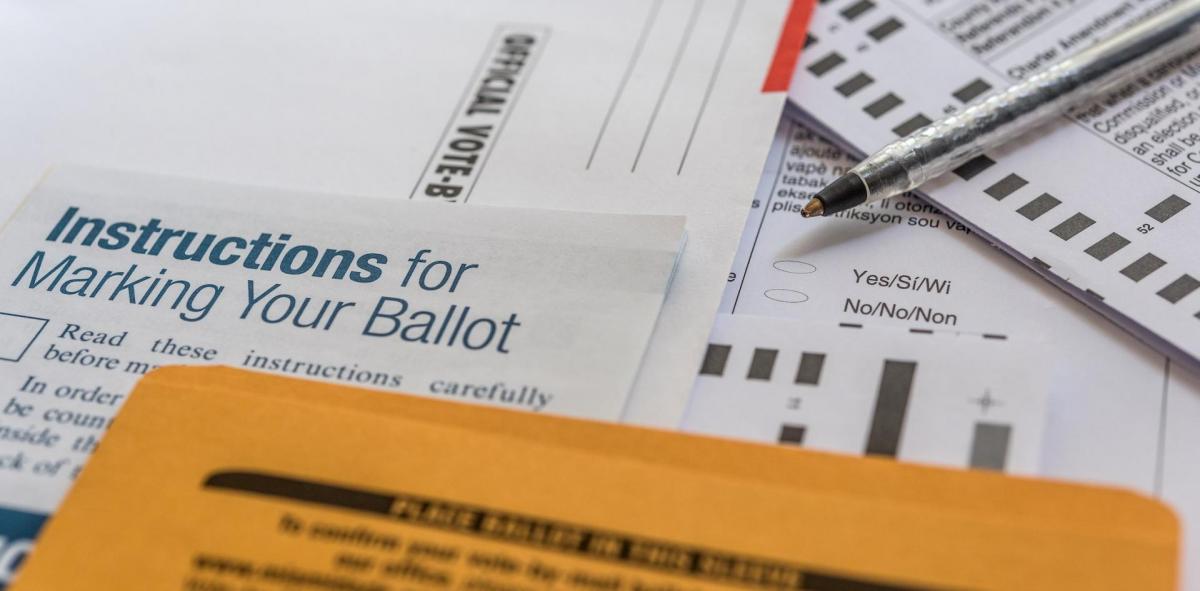
Gabby Chavez-Lopez and Anthony Tordillos are running in the June 24, 2025, special runoff election for San Jose City Council District 3. Chavez-Lopez and Tordillos advanced to the runoff from the nonpartisan special general election on April 8, 2025. Chavez-Lopez received 30.0% of the vote and Tordillos received 22.2%. The two advanced to a runoff…
-
Voters in Huntington Beach, California, to decide initiatives on children’s library book review board and library ownership on June 10
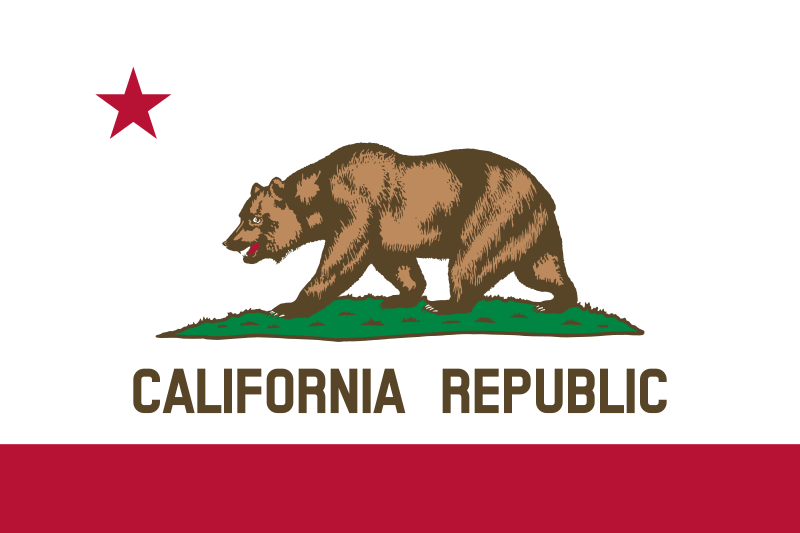
Voters in Huntington Beach, California, will decide on two ballot initiatives—Measure A and Measure B—concerning the city’s libraries on June 10, 2025. The initiatives require a simple majority vote to pass. To qualify for the ballot, supporters needed to collect signatures from 10% of the city’s registered voters for each initiative. Measure A would repeal…
-
Prop 65, the 1970’s Tax Revolt, and California’s long, influential ballot measures legacy
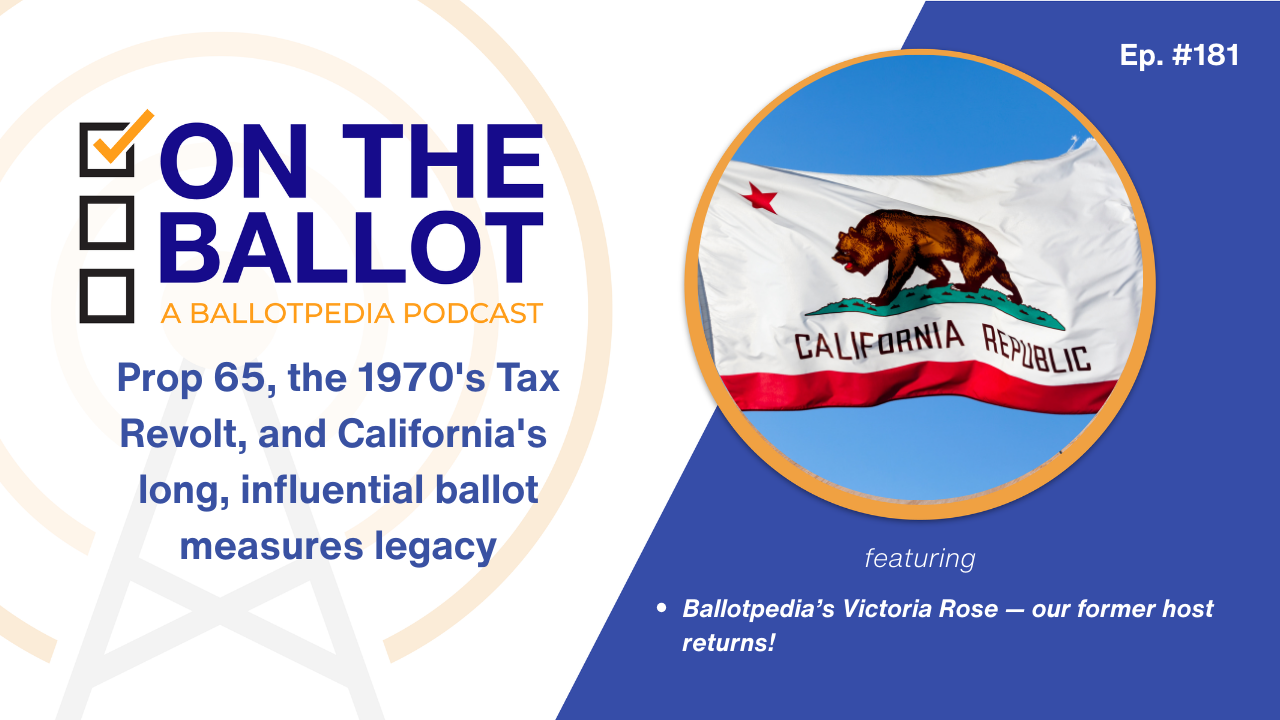
Prop 65, the 1970’s Tax Revolt, and California’s long, influential ballot measures legacy On this episode: The third installment of our Historical Ballot Measures Factbook series! A deep dive into the Golden State’s long and influential history with ballot measures. Former host and ballot measure expert Victoria Rose returns to help us explore how California…
-
State legislators face second-most recall efforts in Q1 2025
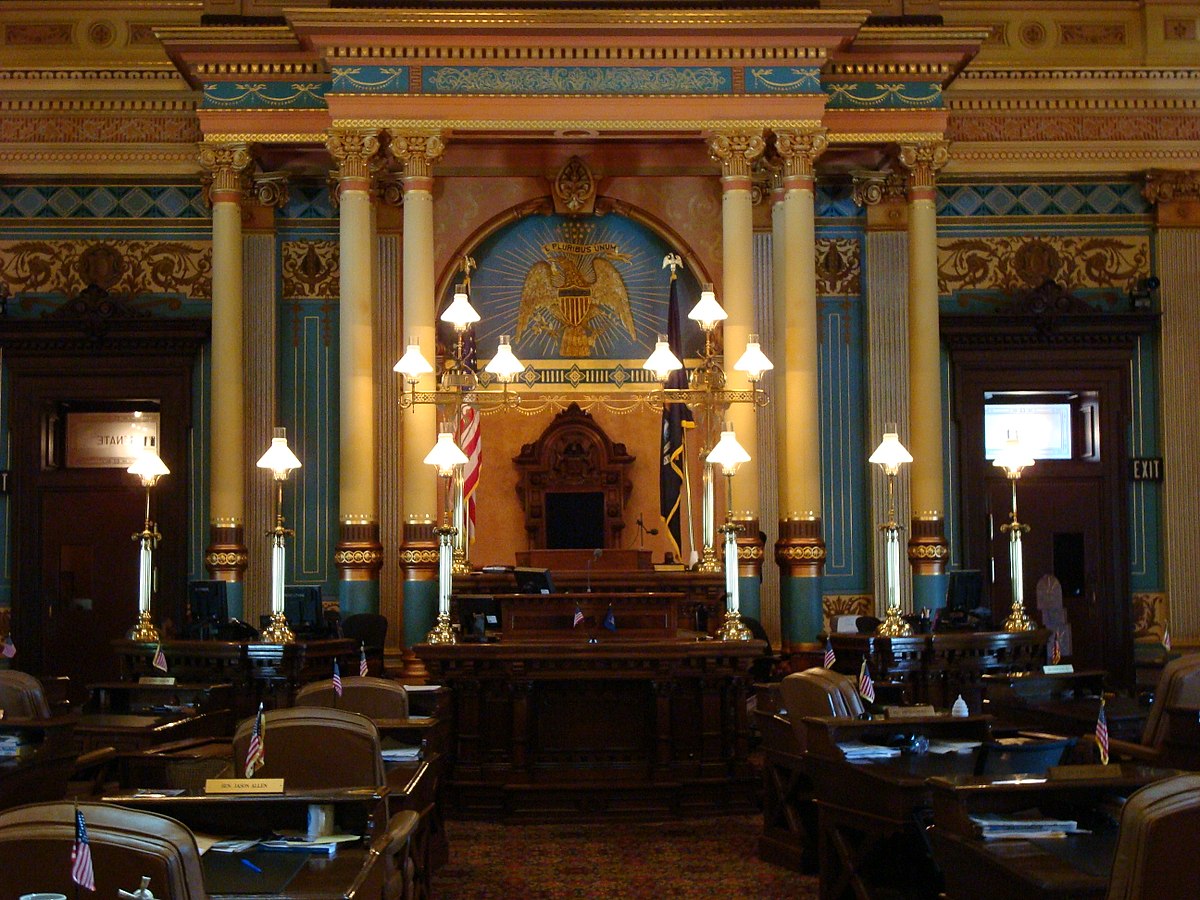
State legislators were included in the second-highest number of recall efforts this year out of all office types as of April 11, 2025. Ballotpedia had tracked recall efforts against 30 state legislators, which was second only to city council members, who saw 75 officeholders included in recall efforts. All 30 state legislators included in recall…
-
Ten candidates are running for mayor of Oakland on April 15
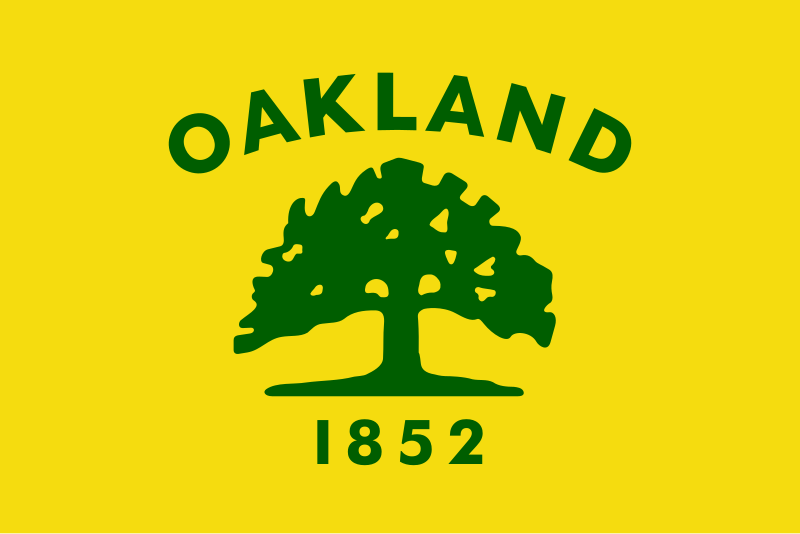
Ten candidates are running in the April 15 nonpartisan, special general election for mayor of Oakland. Incumbent Kevin Jenkins is not running. The Oakland City Council selected Jenkins to serve as interim mayor after voters recalled former mayor Sheng Thao 60.6%-39.4% on Nov. 5, 2024. Click here to learn more about the recall. This was…
-
Californians decided on 1,306 ballot measures between 1910 and 2024

Ballotpedia completed an inventory of all California ballot measures since 1910, the year before the state adopted the initiative and referendum process. Californians decided on 1,306 ballot measures between 1910 and 2024. Seven hundred fifty-two (752) measures were approved, and five hundred fifty-four (554) were defeated. Of the 1,306 ballot measures, 27 were decided by…
-
California voters decided on the highest number of local ballot measures in more than a decade

In 2024, California voters decided on 842 local ballot measures on five different election dates. This is the greatest number of local ballot measures decided in California from 2014 to 2024. Voters decided most of the ballot measures during the general election on Nov. 5, 2024, when 697 local measures were on the ballot. However,…
-
Voters in San Mateo County, California, to decide on charter amendment to allow supervisors to remove elected sheriff for cause

Voters in San Mateo County, California, will decide on a charter amendment to allow the County Board of Supervisors to remove Sheriff Christina Corpus from office for cause through a four-fifths (4 of 5) vote. The charter amendment would expire on December 31, 2028. Voters will decide on the charter amendment at a special election…
-
California, Massachusetts become first states to reject minimum wage increase ballot measures since 1996
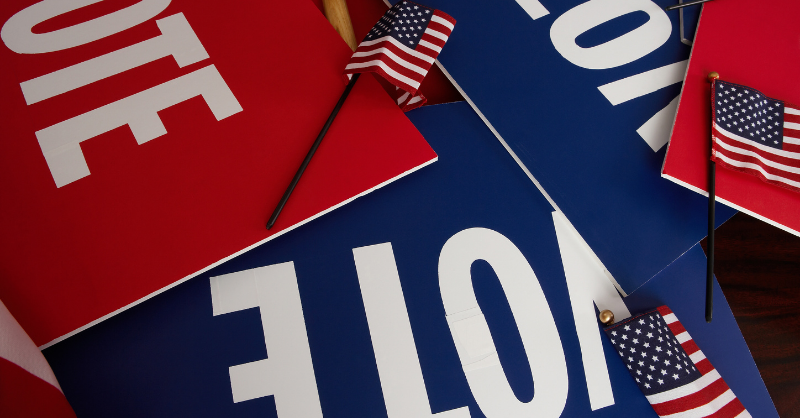
Ballot measures to increase the minimum wage were consistently approved from 1998 to 2023, with 24 measures passing during this period. In 2024, voters in California and Massachusetts broke the trend by rejecting proposals to increase minimum wages, the first such defeats since 1996. In California, voters rejected Proposition 32, which would have increased the…
-
Pamela Price first district attorney in Alameda County’s history to be recalled

Voters recalled Alameda County, California, District Attorney Pamela Price on Nov. 5 by a margin of 65.2%-34.2%. The office is nonpartisan, but Price is affiliated with the Democratic Party. This is the first time in the county’s history that voters recalled a district attorney. The county must certify election results no later than Dec. 5,…

